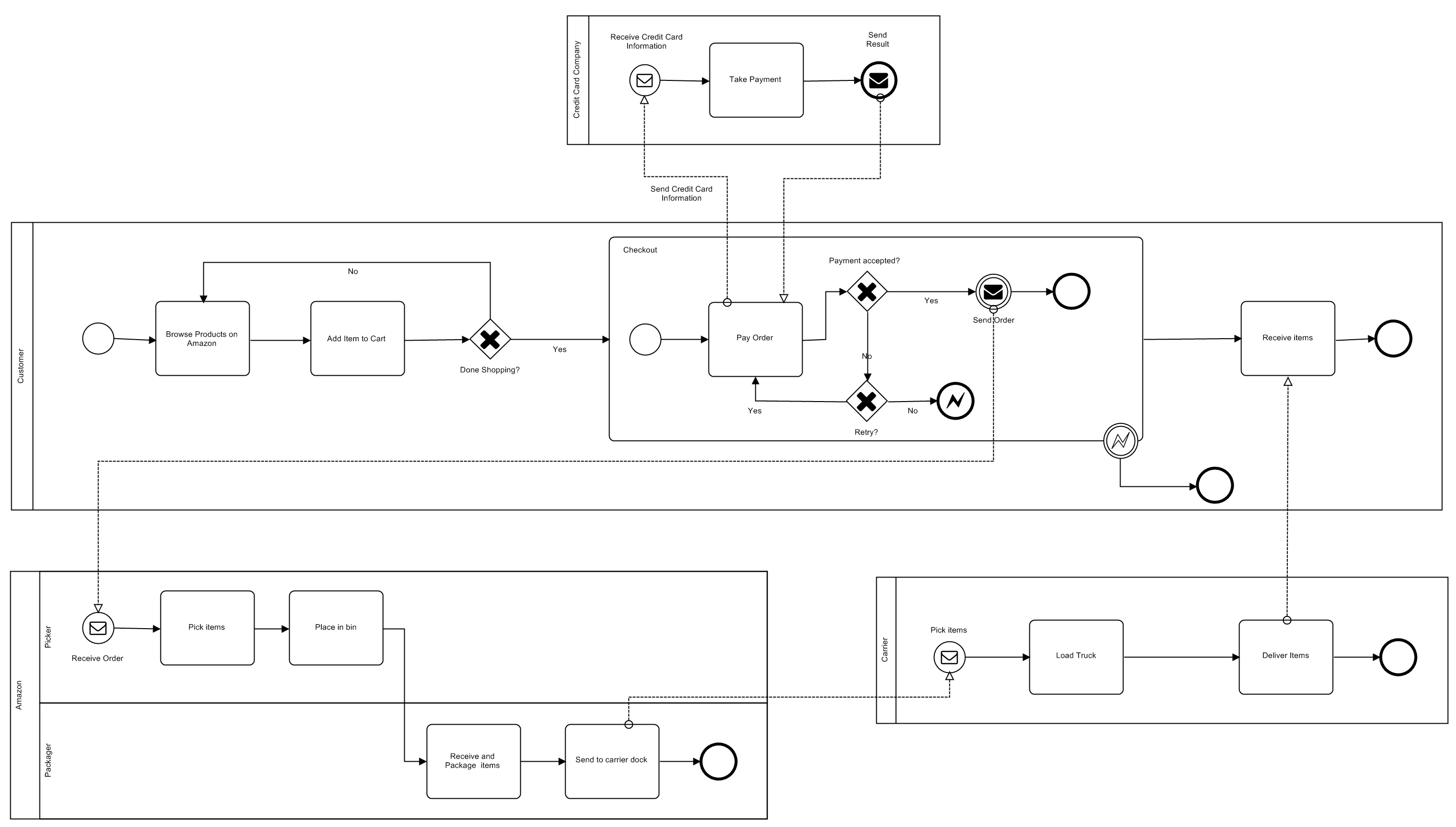Primary features of BPMN.Sharp:
- Full conformance to the latest version of BPMN 2.0 specification by OMG.
- Import models from all major BPM vendors
- Strict validation of the model according to BPMN specification.
- Arbitrary scaling and zooming view of most complex diagrams.
- Support of raster and vector image output.
- Batch processing of multiple BPMN files.
- Simple API to create and edit BPMN models.
- 100% Microsoft .NET managed solution.
- Loyal open source license for private and commercial use.
Grab your copy on NuGet for one-click inclusion into your solution and quick BPMN enablement. Find more details, demo project and commented code samples on GitHub.

Comments
Post a Comment